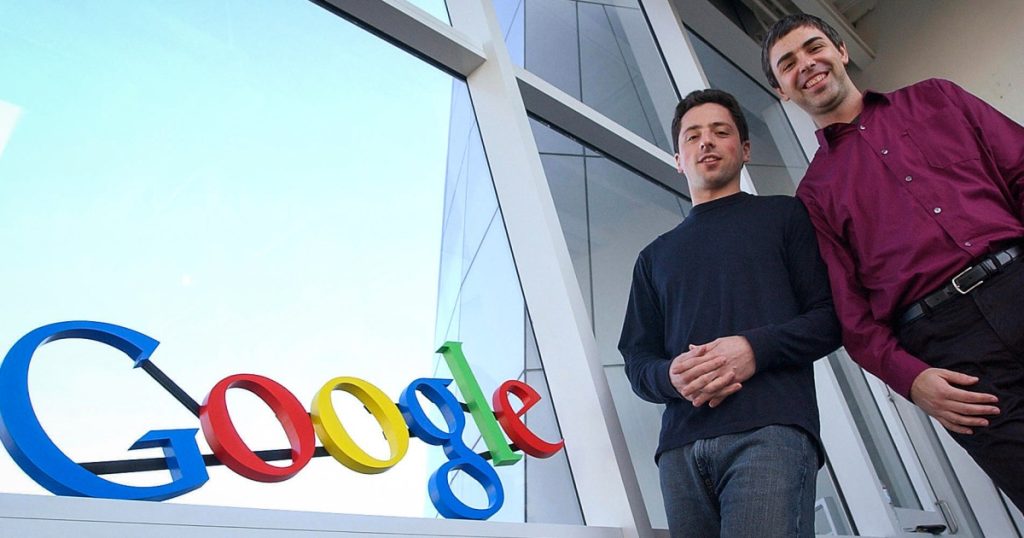Google co-founders Larry Page and Sergey Brin were known for their love of pulling pranks, with their April Fool’s Day jokes becoming increasingly outrageous. However, in 2004, they decided to unveil something that no one would believe was possible – Gmail, a free email service offering 1 gigabyte of storage per account. This amount of storage was unheard of at the time, and the service also came equipped with Google’s search technology and the ability to thread together related conversations. Former Google executive Marissa Mayer noted that the original pitch for Gmail centered around the three ‘S’s – storage, search, and speed.
It took three years of development to bring Gmail to life, under a project code-named “Caribou.” An AP reporter who visited Google’s headquarters at the time was shown the new service by Larry Page, who demonstrated how quickly it operated and the extensive storage capacity it offered. Gmail’s sleek design and ease of use captivated users, leading to its widespread adoption. The service now boasts an estimated 1.8 billion active accounts, each offering 15 gigabytes of free storage. The email hoarding habits of users have also prompted companies like Google and Apple to offer additional storage for sale in their data centers.
Gmail’s influence extended beyond email, becoming the first building block in Google’s expanding internet empire. Following Gmail’s success, Google introduced Google Maps, Google Docs, acquired YouTube, developed the Chrome browser, and launched the Android operating system. Gmail’s commitment to scanning email content for advertising purposes signaled Google’s broader ambitions for digital surveillance in pursuit of selling more ads. The exclusivity and social currency surrounding Gmail invitations created a frenzy among users trying to get access, with invitations selling for high prices on eBay.
Although Gmail initially had a limited scope due to Google’s computing capacity constraints, it eventually opened its doors to all users in 2007 as a Valentine’s Day gift to the world. The service’s user base continued to grow rapidly, with Gmail becoming a ubiquitous email platform used by individuals and businesses worldwide. As Gmail and other free email services offered more storage, the concept of deleting emails as a default action began to shift, with users opting to keep more content in their inboxes. Google continues to offer varying storage capacities for purchase, catering to users with large storage needs.
Gmail’s impact on the digital world cannot be understated, with its innovative features setting the stage for the evolution of email and online communication. The service’s focus on storage, search, and speed revolutionized the way users interact with email, paving the way for the development of other Google products and services. Gmail’s seamless integration with Google’s ecosystem cemented the company’s position as a technology giant, with digital surveillance and targeted advertising as key components of its business model. In many ways, Gmail’s launch represented a turning point in the internet landscape, influencing how people view and manage their digital information.


